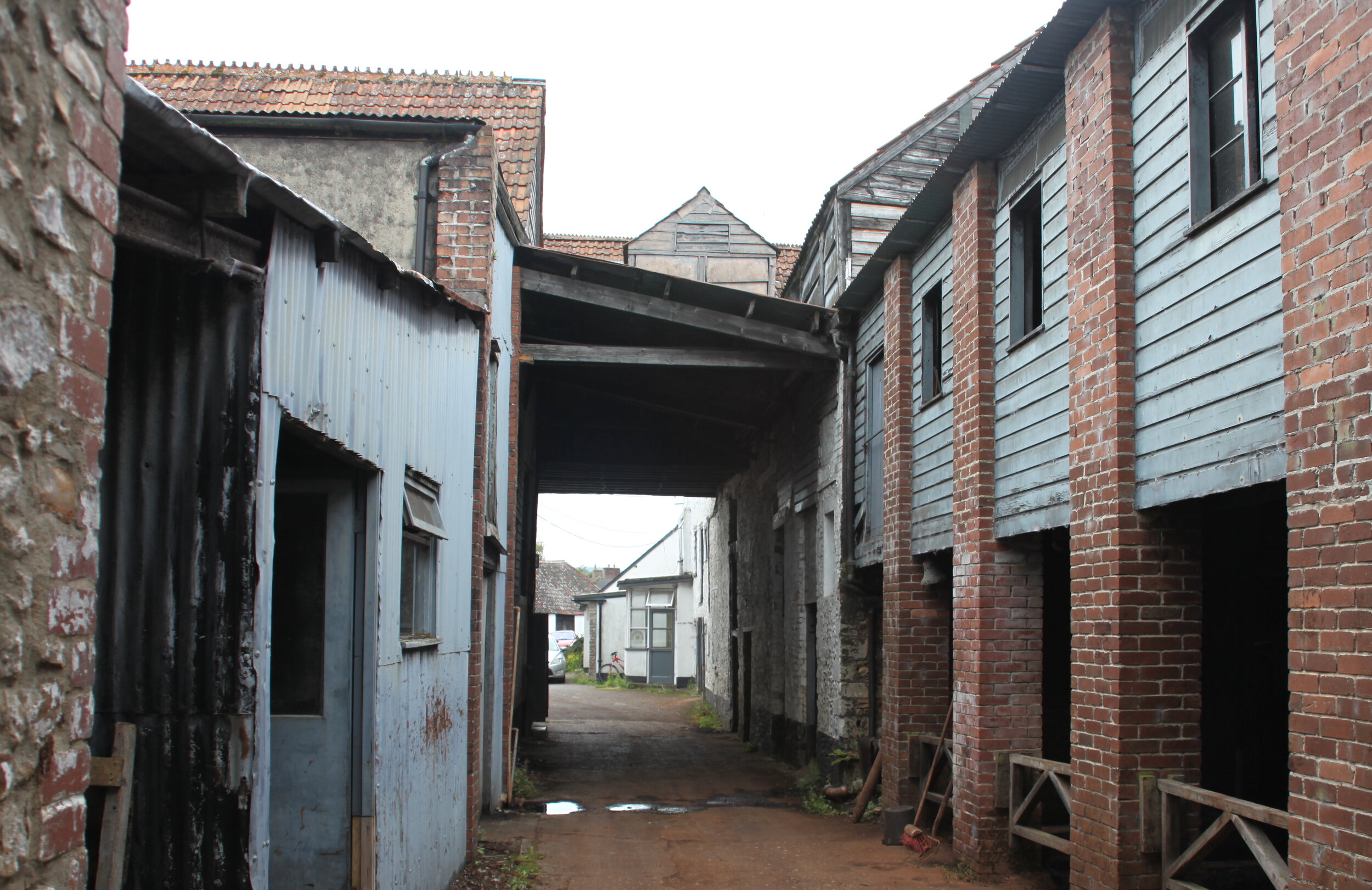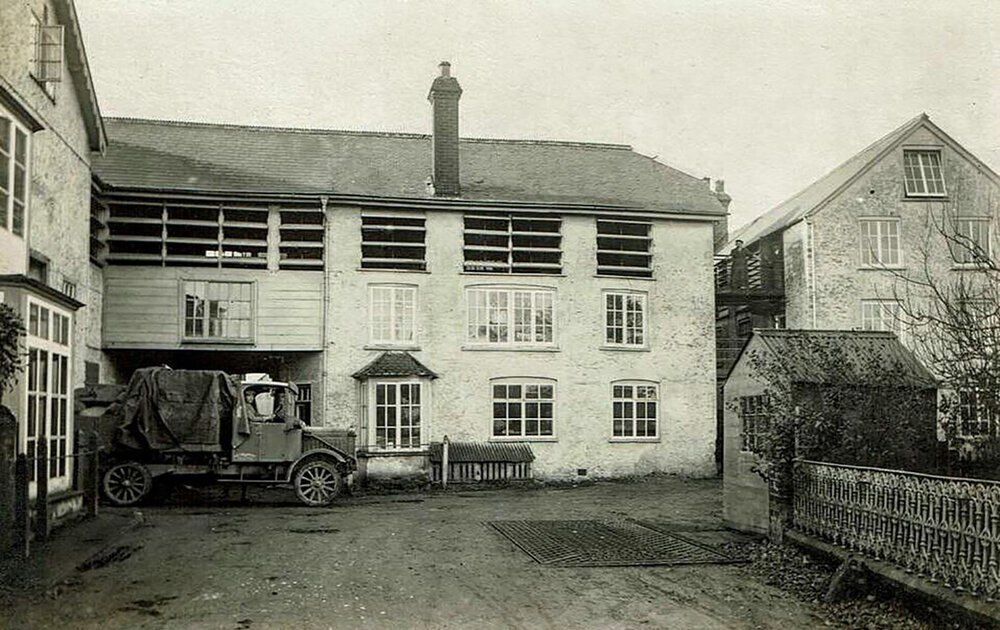Oak-Tanned Leather
I exclusively use Oak-Tanned leather from J & FJ Bakers in Devon, the UK's last remaining Oak-Bark Tannery. The site has been in use since Roman times and generations of knowledge and a dedication to traditional methods means that the leather produced here has a reputation worldwide for quality and durability.
Each hide is treated with care and value, the end result being a material that is imbued with several months of hard work before it even arrives on my workbench.
It is also important for me to use leather that is 'uncorrected', meaning that natural scars and grain are not only present but celebrated.
Process
The hides are all sourced locally, as a by product of the meat industry, from Devonshire free range cows. This type of pasture farming has a smaller environmental impact than more intensive meat and dairy production, and the proximity of farm to tannery dramatically reduces the carbon footprint of the raw material.
Many of the buildings at the tannery are old and not easily adaptable to mechanisation. As such there are several stages in the production which are solely reliant on people to operate - from shovelling oak bark into the pits to moving each hide around the site and finishing the leather by hand using a secret recipe of natural oils and greases.
Each piece of leather takes approximately 15 months to produce using only spring water and oak bark from coppiced trees in Cumbria. During this time the hides are soaked in the tanning liquor and gently 'rocked' to avoid them sticking together and leaving marks or uneven tanning. A 400 hundred-year-old mechanism run by a water wheel is used to achieve this, and it is a very soothing process to watch.
Sustainability
Another factor of the the Bakers Tannery that I fully support is their commitment to reducing waste and energy consumption. One of the earliest stages of producing leather is to remove the hair and fats from the rawhide. Bakers have invested in a biomass boiler capable of incinerating these waste products whilst producing heating for parts of the tannery.
They are also hoping to adapt their water wheel to produce renewable energy with an end goal to eventually be carbon neutral.
When shipping their leather Bakers only use corrugated cardboard, waxed paper and twine, which I try to reuse as much as possible in my own packaging.





